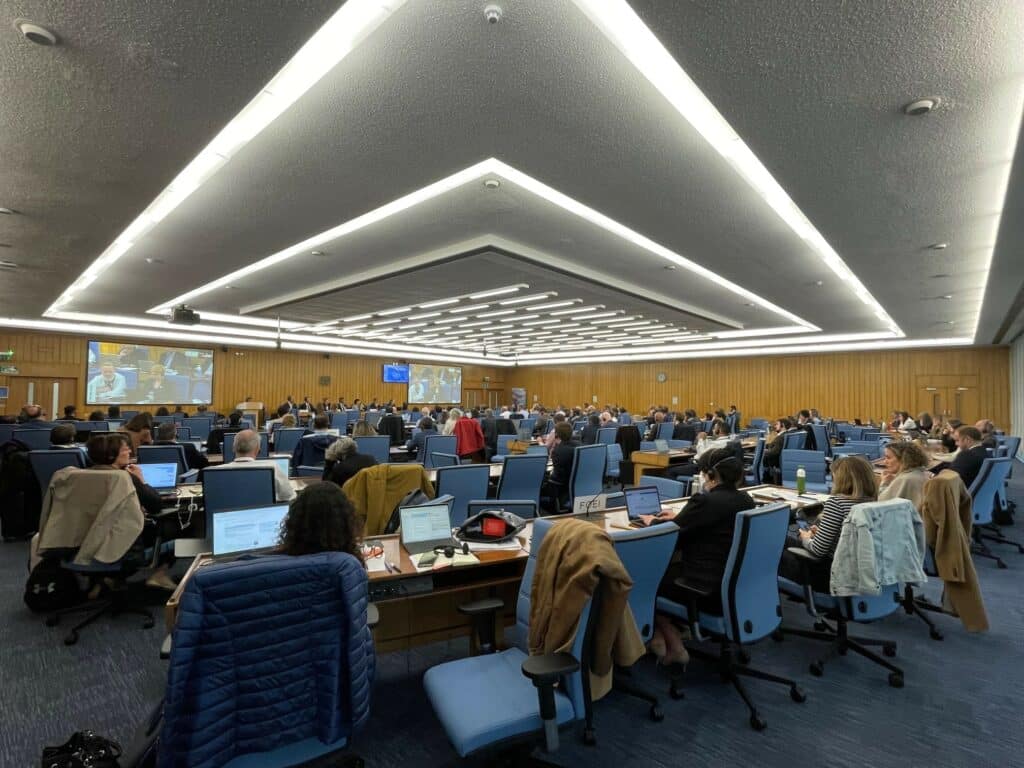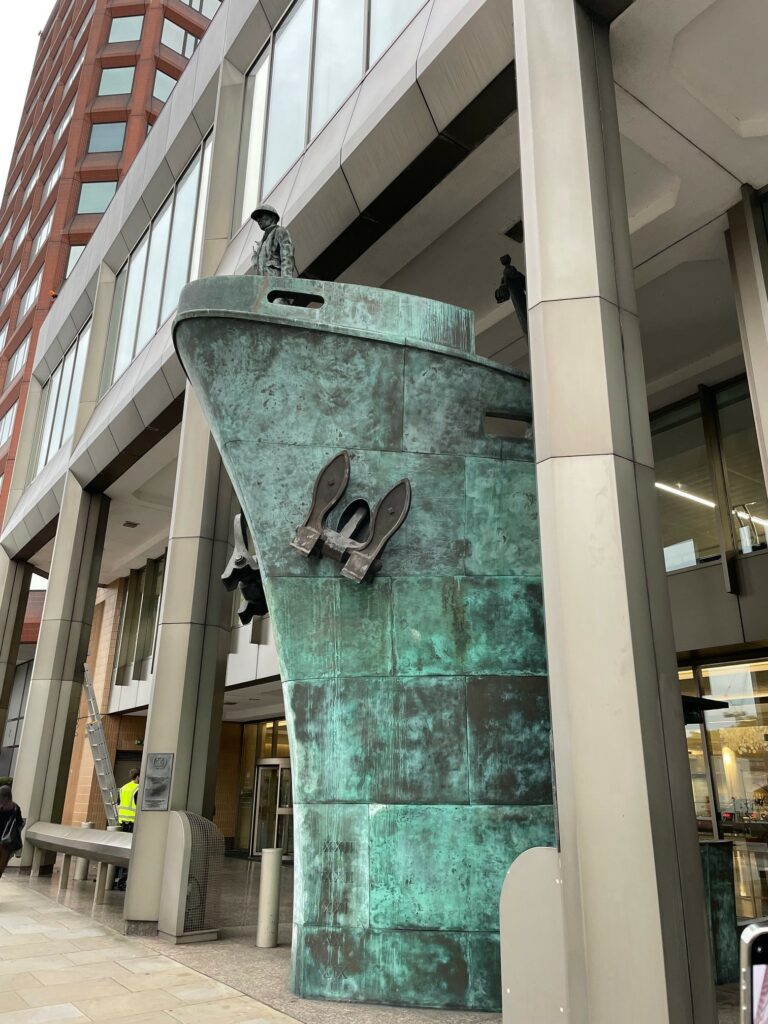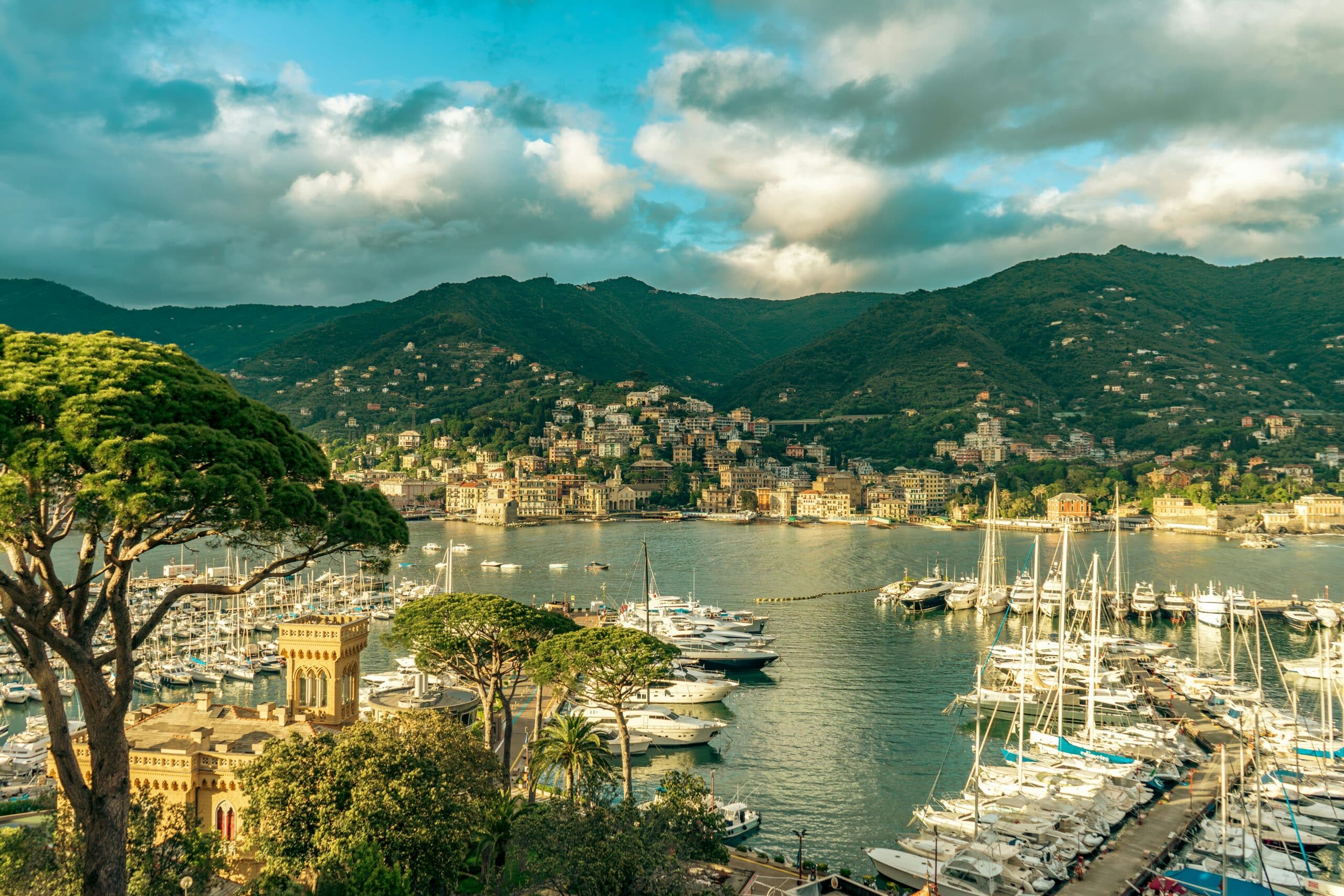SEA Index Participation: Leading the Superyacht Sustainability Conversation
Under the aegis of ‘Monaco Capital of Advanced Yachting’ representatives from the SEA Index Superyacht Eco Association, Natalie Quévert and Rachel Ercole, were invited to the 2025 IMO workshop by key figures from the IMO and Bureau Veritas Marine Offshore. They participated in the dedicated poster session, a central feature of the event where technical solutions and environmental frameworks were presented and discussed.
With rising societal expectations and the increasing likelihood of future regulations affecting the superyacht sector, the demand for independent, science-based, measurable solutions has never been more urgent. The SEA Index’s mission: to champion innovative strategies that reduce the environmental impact of superyachts through enhanced energy efficiency and minimized underwater radiated noise, aligns closely with the IMO’s objectives and methodologies, including EEDI (Energy Efficiency Design Index) EEXI (Energy Efficiency for Existing Ships).
2025 Workshop Focus: Four Pillars of Progress
The workshop was structured around four key themes:
- Day 1: Recent advancements in technical energy efficiency (EE) and URN reduction; integrated EE and URN management, including cost analysis and incentive structures.
- Day 2: Progress toward unified design standards for EE and URN; application of predictive modeling to assess co-benefits and guide future objectives.
These sessions aimed to identify trends in EE and URN technologies, share insights from real-world management programs, develop integrated design standards, and foster cross-sector collaboration to achieve more efficient and less disruptive maritime operations.
Workshop Highlights: From Guidelines to Action
- Strategic Frameworks & Regulations
The IMO’s 2023 Greenhouse Gas Strategy provides global direction, though binding obligations remain limited. Regulatory frameworks such as MARPOL Annex VI and Chapter IV establish technical requirements for energy efficiency, with tools like EEDI, EEXI, and CII driving improvements across both new and existing fleets. URN management is now seen as essential, with revised guidelines addressing hull design, cavitation, and operational practices.
- Technological Innovations
Advances in propeller design, shaft power limitation, and energy-saving technologies (EST) are increasingly being integrated into efficiency calculations. Case studies such as the Enchanted Princess cruise ship illustrate the effectiveness of technologies like Silverstream ALS, which help achieve “QUIET” notation and significant URN reduction when optimized.
- Measurement & Incentivization
Ongoing URN monitoring and the use of innovative measurement methods both direct and indirect are vital for progress. However, high costs and complexity can be barriers, especially for smaller vessels. Evolving environmental incentive schemes, including the Environmental Shipping Index, are rewarding ships that exceed baseline performance, but must be carefully designed to ensure financial viability and widespread adoption.
- Holistic Planning & ROI
The workshop highlighted the economic advantages of integrating URN management with energy efficiency strategies. Owners are encouraged to see eco-innovation not just as a matter of compliance, but as a source of value, reputation, and operational excellence. Public recognition of these efforts amplifies their positive impact and inspires broader industry change.






